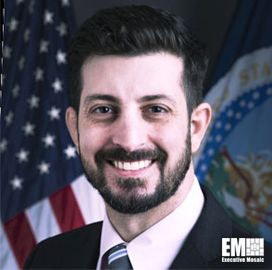Gen. John “Mike” Murray, head of Army Futures Command and a 2020 Wash100 Award recipient, said the command is looking to help warfighters improve their skills in artificial intelligence through a number of initiatives and one of those is a master’s degree program at Carnegie Mellon University, National Defense reported Wednesday.
The program will “start off with a small handful of both uniformed and civilian employees of the United States Army to spend a couple of years at Carnegie Mellon and graduate with a master's degree in data sciences,” Murray said Wednesday at an Association of the United States Army webinar.
He also offered updates on another data science program at the university and plans to create a short-term software course for soldiers.
“This is going to be a six- to probably 12-week basic software course that we will teach here in Austin,” Murray added.




